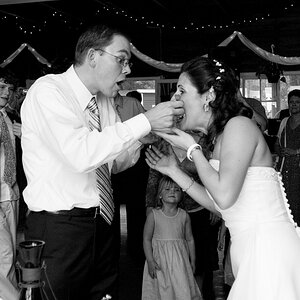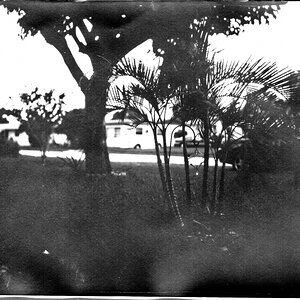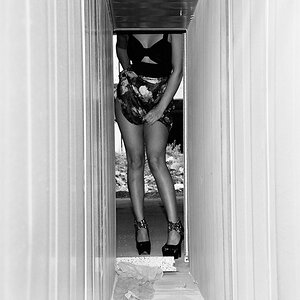alexdhanneman
TPF Noob!
- Joined
- Feb 25, 2015
- Messages
- 2
- Reaction score
- 0
- Can others edit my Photos
- Photos OK to edit
Hey everyone. This is going to be my first post on this site, but expect more to come.
First I would like to introduce myself so that this post will make a little more sense. I am a digital compositor, but I am trying to learn the film side / photography side as well. Sometimes we have to undistort film plates, where it is necessary to know what the focal length of the shot is.
My question is when dealing with focal length, if I shoot on a camera that is not full frame, what do I say the focal length actually is?
If I am telling someone in post production what the focal length is, do I tell them the true focal length of the lens that was on the camera or do I include the crop factor? For example, maybe I have a basic zoom lens 18-55mm, and it's zoomed to about 21 mm. Lets say it's on a Canon EOS camera, so it is not full frame.
Do I tell the person 21 mm, or do I tell them 21 mm * (crop factor, say 1.6 for APS-C from Canon) which would bring the equivalent focal length to around 33 mm.
Just trying to wrap my mind around focal length and crop factor. Thanks.
First I would like to introduce myself so that this post will make a little more sense. I am a digital compositor, but I am trying to learn the film side / photography side as well. Sometimes we have to undistort film plates, where it is necessary to know what the focal length of the shot is.
My question is when dealing with focal length, if I shoot on a camera that is not full frame, what do I say the focal length actually is?
If I am telling someone in post production what the focal length is, do I tell them the true focal length of the lens that was on the camera or do I include the crop factor? For example, maybe I have a basic zoom lens 18-55mm, and it's zoomed to about 21 mm. Lets say it's on a Canon EOS camera, so it is not full frame.
Do I tell the person 21 mm, or do I tell them 21 mm * (crop factor, say 1.6 for APS-C from Canon) which would bring the equivalent focal length to around 33 mm.
Just trying to wrap my mind around focal length and crop factor. Thanks.


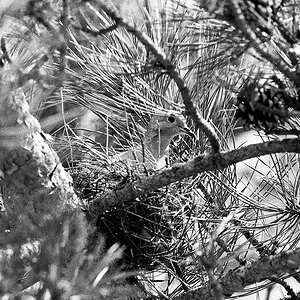
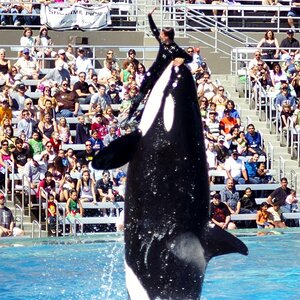
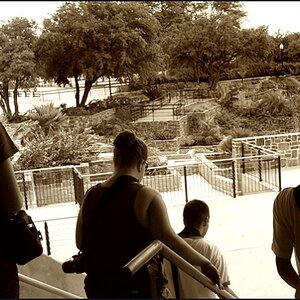
![[No title]](/data/xfmg/thumbnail/33/33341-3a6934b6cdb015b5acf31087acdcd278.jpg?1619735910)
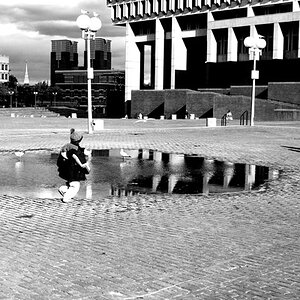
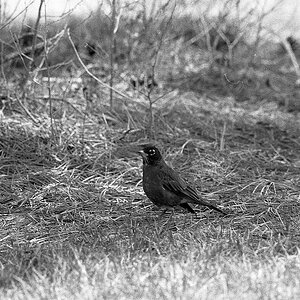
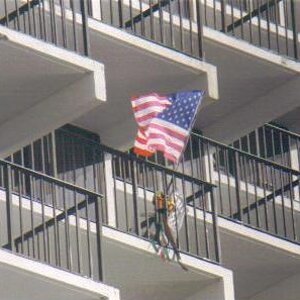
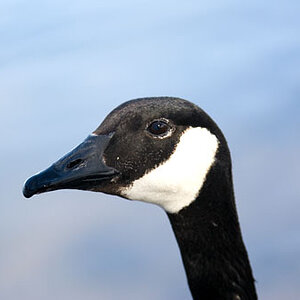
![[No title]](/data/xfmg/thumbnail/42/42485-78d600ec012514df268a482c4c59bb62.jpg?1619740196)
